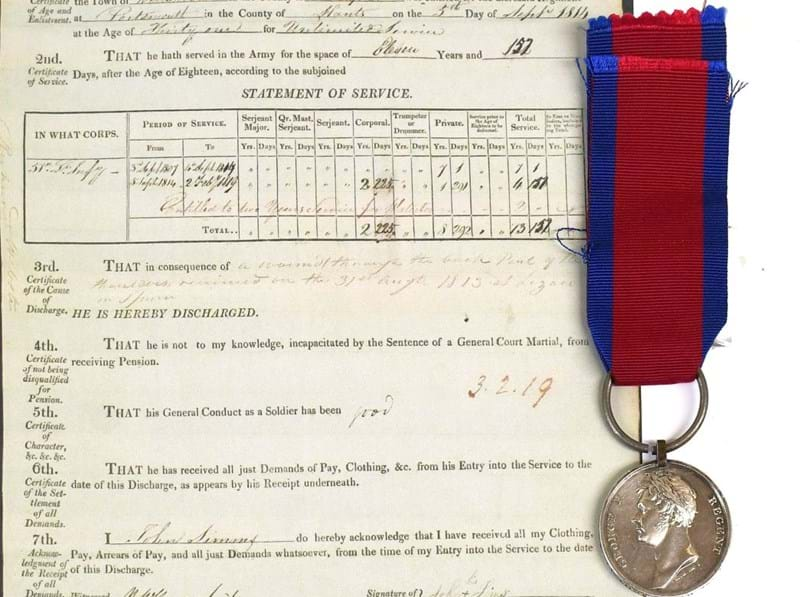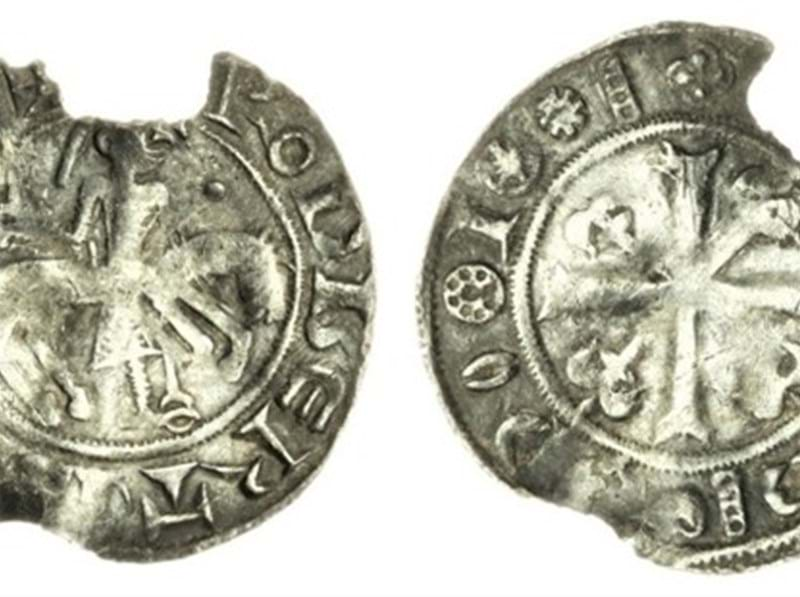A gold crossover ring realistically modelled as a two-headed snake set with diamonds in their heads sold for £130,000 in Tennants Auctioneers’ Fine Jewellery, Watches and Silver Sale on 18th March (all figures exclude buyer’s premium). The incised scales and modelling to the faces were fine and naturalistic, but it was the rare pear cut fancy greyish blue diamond set in the head of one of the snakes that excited bidders. The other head had a colourless diamond. After much interest and numerous bidders joining in the on the phone and online from across the world, the ring was finally knocked down at more than fifty times the mid-estimate.
Jewellery continued to sell confidently throughout the sale, with notable results achieved for the likes of a Platinum Diamond Solitaire Ring (sold for £17,000), a Platinum Diamond ‘Raindance 20th Anniversary’ Ring by Boodles (sold for £19,000), and a Diamond Floral Spray Brooch (sold for £13,000). Also of note, and performing well above estimate, were an Emerald and Diamond Crossover Ring (sold for £7,500), a Fancy Link Necklace by Cartier (sold for £4,800), an Opal and Diamond Bangle (sold for £2,300), and an Early 20th Century Sapphire and Diamond Brooch (sold for £2,000).
The silver section of the sale was led by a covetable Fabergé silver table lighter in the form of an Indian elephant, which sold for £21,000. Naturalistically modelled, the walking elephant is full of character and movement. Fabergé produced a menagerie of zoomorphic table-lighters, which like the present example were often made by his workmaster Julius Alexander Rappoport. The lighter was once in the collection of Stanley Elliott (1892-1956), a businessman from Wakefield who had a particular interest in Russian works of art.
A fine and rare George III Silver Wine Jug, the separated pair to one sold at Tennants in 2021, sold for £15,000. Made by Thomas Heming of London in 1765, the pear-shaped jug is adorned with wave decoration, spiral-fluting and a band of chased fruiting grapevines. Whilst the general shape most resembles a beer jug, the ornament clearly suggest that it was originally intended for wine. Whilst the early history of the pair is unknown, it is thought that they were once in the possession of Major General Henry Aylmer (1813-1904), who gave a jug each to two of his sons; they subsequently passed by descent through two different branches of the Aylmer family. The present jug, according to an inscription, was given to John and Peggy Pemberton as a wedding gift in 1936 by Henry Adolphus Paget Aylmer and his wife Anne Munro Williams. Further notable results in the silver section included James I Parcel-Gilt Silver Apostle Spoon, made by Daniel Cary of London in 1622 (sold for £4,000), and a Chinese Silver Rice-Wine Ewer, probably of the Qianlong Period and with marks for importer Cornelis Knuystingh, Rotterdam, 1793 (sold for £8,000). A George V Silver Basket of 1911 by Goldsmiths and Silversmiths Co. Ltd. sold well, too at £6,000, a Pair of Elizabeth II Silver Pheasant Ornaments by Garrard and Co. Ltd. sold for £4,000, and a Continental Gold-Mounted Amethyst, Diamond and Enamel Pill-Box sold for £2,500.
A rare 18 carat gold Audemars Piguet Royal Oak watch (ref: 25572BA), known to collectors as ‘The Owl’ due to the placement of the sub calendar dials, sold for £22,000 against an estimate of £8,000-12,000. The highly desirable model was first introduced in the early 1970s, and it attracted much interest on the day. Also exceeding expectations was a rarely seen World War II RAF Spitfire pilots watch, the Omega ‘Weems’, made in 1939 and issued in 1940 (sold for £6,000). The Weems system, named for the designer Philip van Horn Weems, was made to be as simple to read and use as possible and be more accurate when navigating and timing missions. A 1954 Rolex Turn-O-Graph, which had an original dial and only one owner from new sold for £15,000, and 1962 Omega Constellation with unusual black dial sold for £1,900.
Amongst the pocket watches in the sale, a fine and rare Patek Philippe & Cie silver open-faced keyless lever deck watch sold for £10,000 against an estimate of £2,500-3,000. Patek Philippe introduced this reference in the 1930s as navigation aids, using movements that were made earlier; the present example has a movement dating from circa 1916, and a case dating from the late 1930s/early 1940s. A precision instrument, it features the high-quality calibre 21 Guillaume balance, which was designed to be unaffected by changes in temperature during use at sea.
The sale achieved a total hammer price of £712,190 with an 87% sold rate for 290 lots.
View Results

























